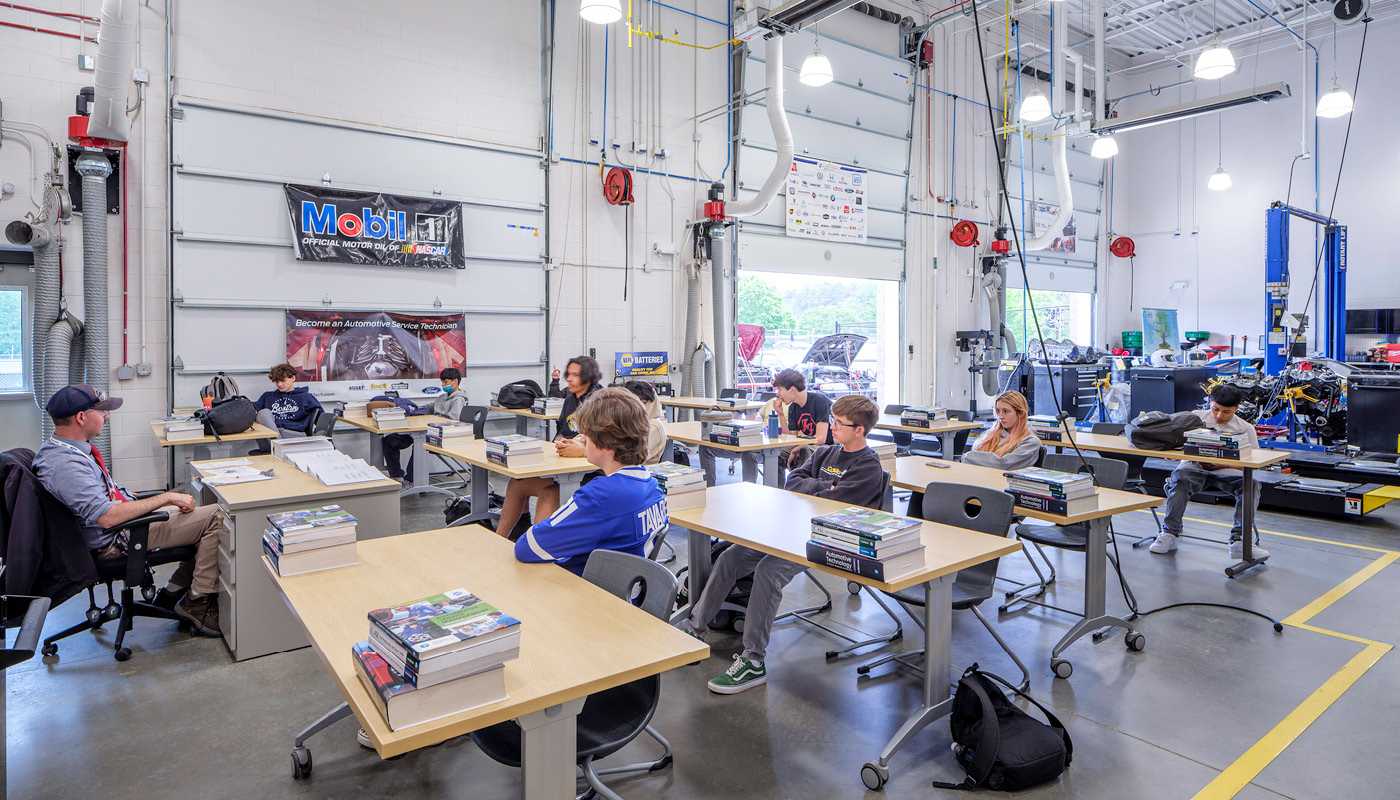Chapel Hill-Carrboro Schools had the lowest rate of high school dropouts among North Carolina public school systems for the 2012-2013 school year, according to data released Wednesday by the state Department of Public Instruction.
The data report, which is released annually, compiles figures on drop-out rates, school suspensions and incidents of crime and violence in the North Carolina’s public school districts and charter schools for public and governmental use.
CHCCS earned “top 10 honors” for “superior performances” in achieving a drop-out rate of 0.6, a drop from 2011-2012’s rate of 1.02, and the fifth lowest rate of high school short-term suspensions.
In the category of “reportable acts” of crime and violence in grades K-12, CHCCS had 55.
Orange County Schools’ drop out rate decreased as well, falling from 2.46 to 2.28 for the 2012-2013 school year. The district registered 27 reportable acts of crime and violence and 238 short-term suspensions in grade 9 through 12, or a rate of 10.45 suspensions per 100 students.
In Orange County Schools, African-American students made up 45.5 percent of the total number of short-term suspensions, long-term suspensions, and expulsions for all grade levels in 2012-13, followed by white students at 42.6 percent, and Hispanic students at 6.89 percent, according to the state report.
In Chapel Hill-Carrboro City Schools, African-American students made up 47.89 percent of the total number of short-term suspensions, long-term suspensions, and expulsions for all grade levels in 2012-13, followed by Hispanic students at 21.3 percent, and white students at 20.7 percent.
State-wide
At a state-wide level, the data showed that high school drop-out rates and the number of reported acts of school crime and violence are on the decline. The dropout rate decreased from 3.01 percent to 2.45 percent, and the reportable acts of crime fell by 4.8 percent. Approximately one student out of eleven received at least one out-of-school short suspension in 2012-13. When looking at high school students only, the ratio increased to one of eight students.
The most frequently reported reportable crimes in North Carolina high schools were possession of a controlled substance in violation of the law, possession of a weapon excluding firearms and powerful explosives, and possession of an alcoholic beverage.
To see the Department of Public Instruction’s full data report, click here.







Comments on Chapelboro are moderated according to our Community Guidelines